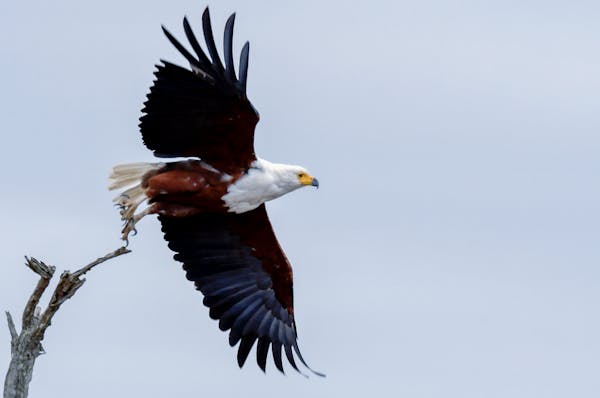Location
Yala National Park

Our Birds
Best Bird Watching Sites in Sri Lanka, covered in our tour plans
The best park in Sri Lanka for viewing mammals but rich with birds too. Yala characteristic of dry zone tropical thorn forest, Scrub jungles, brackish lagoons and riverine habitats. Raptors could often be seen. During the North- East monsoon the lagoons are visited by thousands of migrating waders, turns and water birds.
















